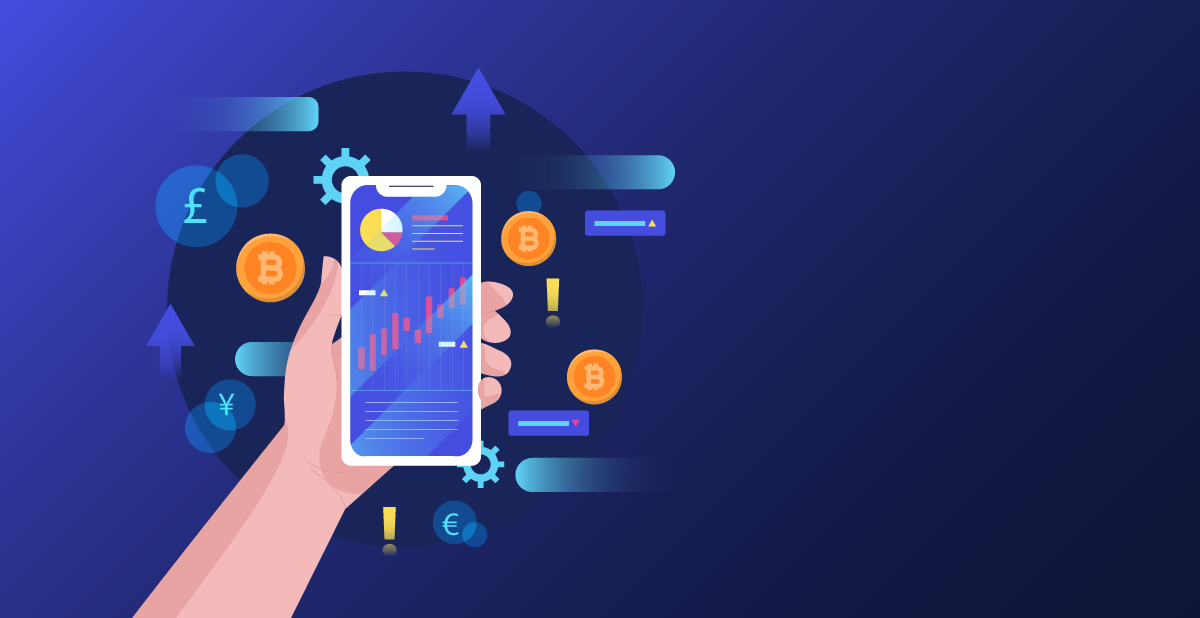Understanding the Digital Financial Revolution



Crypto art refers to digital artwork that is authenticated and sold using blockchain technology. Each piece of crypto art is assigned a unique digital signature, known as a non-fungible token (NFT), which verifies its authenticity and ownership. This technology allows artists to create and sell their work directly to collectors without the need for intermediaries like galleries or auction houses. Crypto art has gained popularity in recent years due to its ability to provide artists with greater control over their work and enable new ways of buying and selling art in the digital age. In brief, crypto art is a form of digital art that is authenticated and traded using blockchain technology.
Crypto art, a form of digital art that is authenticated and secured using blockchain technology, has a wide range of applications. One of the main uses of crypto art is as a new way for artists to monetize their work through the sale of unique digital assets. These digital assets can be bought, sold, and traded on various online platforms, providing artists with a decentralized and transparent way to connect with collectors and fans. Additionally, crypto art can also be used to create digital collectibles, virtual worlds, and even in-game assets for video games. Overall, the applications of crypto art are diverse and continue to expand as the technology evolves.


The challenges of crypto art primarily revolve around issues of copyright infringement, authenticity verification, and environmental concerns. Since digital artworks can be easily replicated and distributed without the artist's consent, protecting intellectual property rights becomes a significant challenge in the crypto art world. Additionally, ensuring the authenticity and provenance of a digital artwork is crucial for buyers and collectors, as the blockchain technology used to verify ownership may not always be foolproof. Moreover, the energy-intensive process of minting and trading crypto art has raised concerns about its environmental impact, particularly in terms of carbon emissions. In summary, the challenges of crypto art lie in addressing copyright issues, verifying authenticity, and mitigating environmental consequences.


To build your own crypto art, you first need to create a digital artwork that you want to tokenize. This can be done using graphic design software or other digital art tools. Once your artwork is ready, you can choose a blockchain platform like Ethereum or Tezos to mint your art as a non-fungible token (NFT). This process involves creating a smart contract that represents ownership of the artwork and assigning it a unique token ID. After minting your NFT, you can list it on a marketplace like OpenSea or Rarible for sale or auction. Make sure to promote your crypto art through social media and online communities to attract potential buyers. Remember to consider factors like gas fees, royalties, and copyright issues when creating and selling your crypto art. In brief, building your own crypto art involves creating a digital artwork, minting it as an NFT on a blockchain platform, and listing it on a marketplace for sale.
With Web3.0 and other new technology application become more and more common in many applications. We have senior engineers help your business develop for block-chain and NFT. Outsource your block-chain, NFT and smart contract development to take your web3.0 idea to the market faster.




TEL:866-460-7666
EMAIL:contact@easiio.com
ADD.:11501 Dublin Blvd. Suite 200, Dublin, CA, 94568